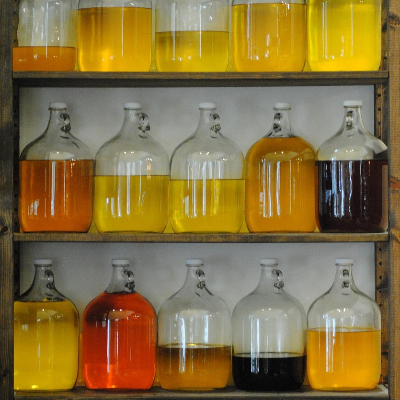Menu
-
-
F.A.Q
- How to identify genuine agarwood chip, natural or cultivated
- How to identify oil injection / absorption fake agarwood beads
- How to know if there are more than one oil in your oil
- How to make your wood bracelet or mala darker
- How to tell if an Agarwood bead sinks WITHOUT sinking it under water?
- How does back flow incense work and how do you burn it?
- Where to start if you don't know what agarwood is ?
- Why are you losing money if you buy seeds and plants?
- Which agarwood incense should I choose?
- Frequently Asked Questions
- Agarwood Related Articles
- Shipping
-
SHOP - Agarwood
-
SHOP - Other Fragrant Wood
-
SHOP - Incense Holder and Burner
-
- FREE Oud Oil guide
- Testimonials
- "Why did you buy this?"
- Contact us
- About Us
- +61430284329
- Login
-
English

Agarwood and Pharmacological Activities
December 25, 2016 2 min read
The below information is for educational purpose only and was researched and published by professionals (not us, Grandawood as we are growers and merchants NOT doctors)
It is affirmed that Aquilaria Spp could be effective for the treatment of several diseases which are reviewed below with its main chemical constitutions from several part of plant: stem, seeds, leaf, oil and heartwood.
Agarwood plays an important role in Ayurvedic and Traditional Chinense Medicine for centuries (except from leaf, which its benefit has been discovered for the last decades). Agarwood is one of the main ingredient for treatment method of in-flammatory-related ailments, and diarrhoea, as well as a stimulant, sedative and cardioprotective agent.
| Phamacological activities | Part of Plant |
| Anti-allergic | Stem, Seeds |
| Anti-diabetic | Leaf |
| Anti-cancer | Oil |
| Anti-inflammatory | Leaf, Heartwood |
| Anti-ischemic | Leaf |
| Anti-microbial | Oil, leaf, heartwood |
| Anti-oxidant | Leaf, Stembark |
| Laxative effect | Leaf |
| Mosquitocidal | Oil |
Agarwood plant materials have been widely used as traditional medicines in Southeast Asian communities, for the treatment of arthritis, asthma, and diarrhoea and have sedative effects. Phytochemical studies show that they contain sesquiterpenoids, 2 (-2-phenylethyl)-4H-chromen-4-one derivatives, genkwanins,
mangiferins, iriflophenones, cucurbitacins, other terpenoids and phenolic acids. Grandawood Agarwood leaves and oilcontain the above
Many pharmacological studies have been performed on crude extracts, and these extracts exhibit anti-allergic, anti-in-flammatory, anti-diabetic, anti-cancer, anti-oxidant, anti-ischemic, anti-microbial, hepatoprotective, laxative, and mosquitocidal properties, as well as effects on the central nervous system. Agarwood plant materials are considered safe, based on the doses tested.
Below are the extract from Yumi et al , Journal of Ethnopharmacology 189 (2016), with greater information in relation to Pharmacological activities, Species, Part of Plan, Formulation, Model/cell, Result and Reference. Enjoy
(Please allow 10 to 20 seconds for pdf to load, Thank you for your patience)
Leave a comment
Comments will be approved before showing up.
Also in News

What is Tasbih? The Deep Meaning of Subhan Allah and the Role of Prayer Beads
November 09, 2025 4 min read

